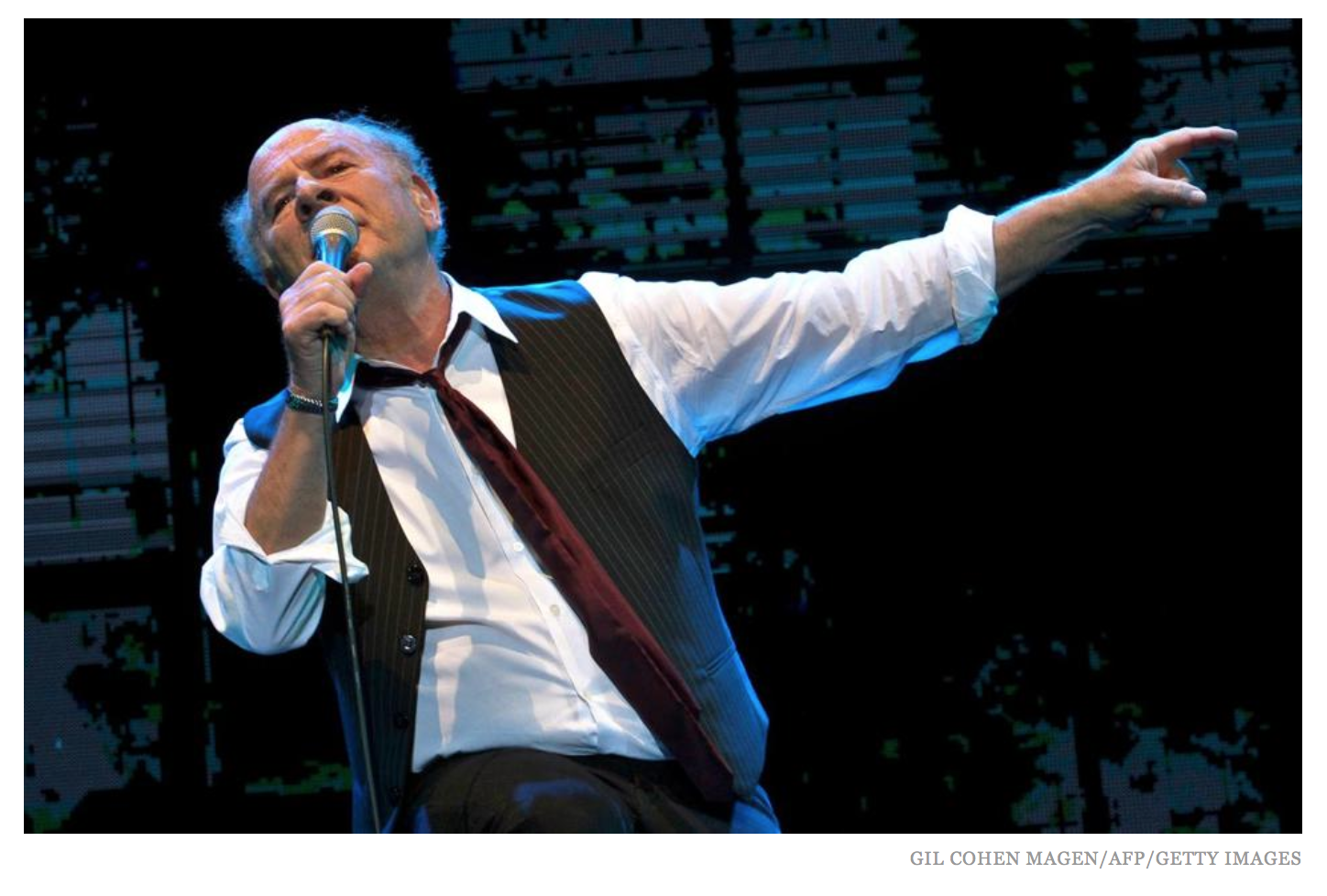
Art Garfunkel's time has come to shine

Art Garfunkel says his favorite comic is Paul Simon. While it may seem like the singer is being flippant by referring to his on-again/off-again performing partner as a comic, he isn’t. The conversation had just taken a left turn into comedy after discussing his recent appearance on “The Tonight Show with Jimmy Fallon,” where he crashed The Roots’ recurring Black Simon & Garfunkel segment. When I ask Garfunkel about the comedy duo who call themselves Garfunkel & Oates, he hasn’t heard of the cute/raunchy indie comedy darlings, but he excitedly asks, “So I came first in the billing?” This is the context within which Art Garfunkel shares, “my No. 1 person who can get me to laugh is Paul Simon.” Garfunkel isn’t known for being controversial, though he did try that on for size this summer with the British press. The singer says he was working on his autobiography, excerpts of which he shares onstage during his performances, when he realized that Simon slighted him in the preparation of Simon & Garfunkel’s epic concert in Central Park in 1981. “I was fresh from a feeling of injustice,” says Garfunkel. “After all of the years of respecting and keeping Simon & Garfunkel up on the pedestal where they belong, I came down to do two interviews from my hotel in London, and thought, ‘I’m gonna add some spice to this story.’ … This was a mistake. You get branded as a jerk, and I really regret that.” You mention the Concert in Central Park, which was your first reentry into the public sphere after a couple years of self-imposed exile, following the unexpected death of a loved one. Doing the concert must have done wonders to pick up your spirits. It did. Sometimes I think it was Paul and Lorne Michaels together who said, “We need to give Artie’s bloodstream a kick now. He’s very reclusive. He keeps dealing with her writings and her past. What can we do to help Artie?” So they were the architects, like deep old friends would be. But he came up with a setlist that had seven Paul songs [from his solo career] and one Artie song [from his solo career], and that’s not right. And why I went along with it shows that I was weakened. I know you’re talking about the song “A Heart in New York,” but you own “Bridge Over Troubled Water” on the “Concert in Central Park” album. It’s almost as definitive as the original. Well, I love original studio records. When you do them live, I always think it’s not quite the same as the original. Ever since the ‘60s, when I was a record-maker, making vinyl records, I always thought of that as the master work. In your “Still Water” book of prose poems, you allude to 300 vocal takes of “Bridge Over Troubled Water,” is that right? Yup. It’s true. “Bridge Over Troubled Water” has three verses. The third is the climactic verse. I nailed that one first, in Hollywood. … It was a thrill to polevolt over those notes. I never knew I could do that until I forced myself to do it, and I did. … But the first verse was a whole other kind of record of extreme delicacy. And that was terribly elusive, Pat. … This song, this five-minute song, was recorded over seven different recording sessions, in Hollywood and New York. But when you do perform a song like that, or any song, do you still feel inside the song and are you able to find new emotional strength within? I really do! A really well-written song comes alive every time. If the lyrics are not hackneyed, if it’s not a Hallmark greeting card, if there is feeling and guts to what you’re saying, you can say it and re-say it, and say it again and again, and feel the power of good writing. Paul Simon is a hell of a good writer. I’m trading off of his wonderful melody and lyrics. I go back there every time I do it. You’re doing a lot of these songs that for years you sang harmony on. How difficult is it to get into the mindset of singing the melody? Good question. Well, some are easier than others. Take “The Boxer,” for example. I had the upper harmony on “The Boxer.” Onstage I took the melody and it took quite a few shows before I made it my own and felt that the lower baritone part is the meat of the song, and I own the song now. It really is a lot about that and the guitar. Tab and I really have to make those two elements become the all and the everything, and I think we did it. It swings. People love “The Boxer” when we do it. You just have to wrap your being around the song. Will it be difficult to go back to performing the harmony on these songs? Do you know something I don’t know, Pat? May I ask you when that would be, so I can prepare? I guess that was my not-so-subtle segue into asking the question that every interviewer probably asks you. [laughs]. No, it won’t be difficult to go back to the harmony, IF that wild scenario you just suggested should happen. Is that in the cards at all? Don’t you think the future is a surprise? … We don’t know these things. I do know that Paul is a very alive man, committed to growth as a papa, as a musician, and so am I. So you talk about two living people who have stayed musical right to today, and you just never know. There’s nothing to preclude that possibility. Back |